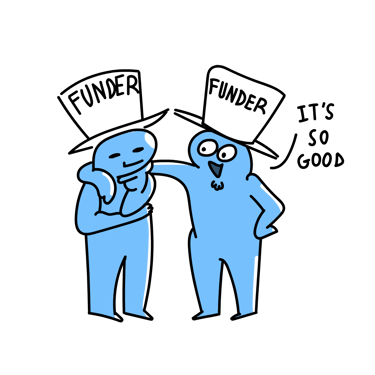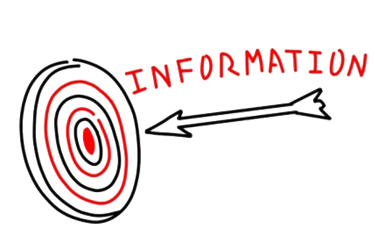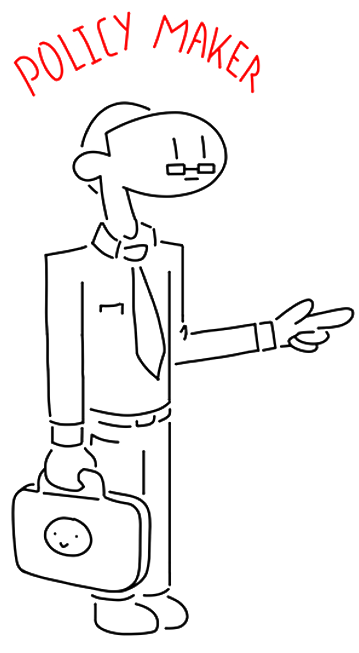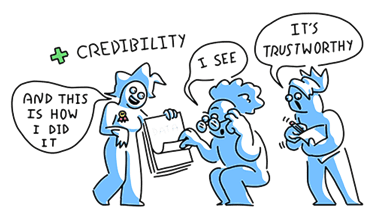Why Every NGO Needs a 90-Second Story
Turning research and impact into action when attention is scarce
Pau Palazón Radford
11/3/20253 min read
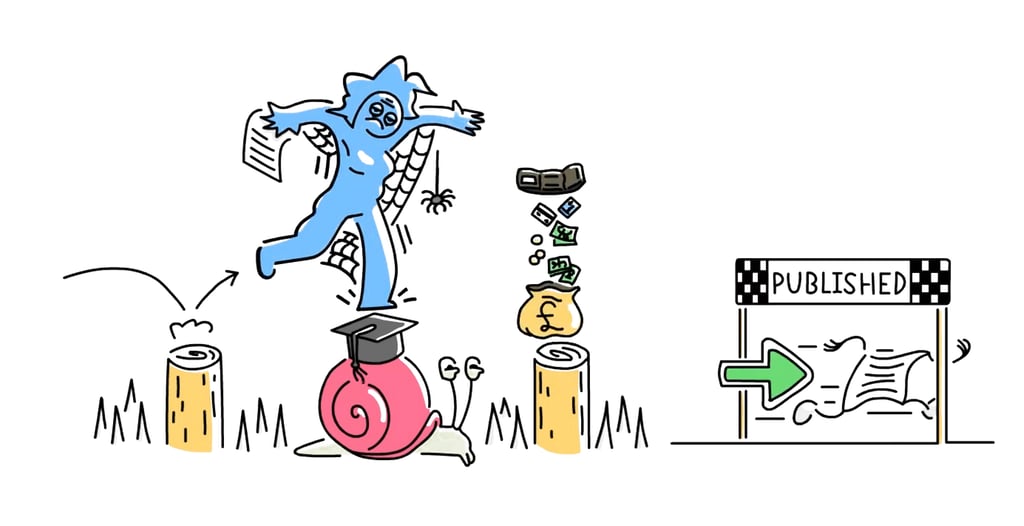

The Problem Nobody Budgets For:
The “Last Mile” of Influence
NGOs, think tanks, and research teams do the hard part — years of fieldwork, analysis, and evidence synthesis.
But when it’s time to communicate those findings, the “last mile” often gets the smallest budget.
And that’s the mile that decides whether your work changes anything in the real world.
Reports rarely travel far outside your own network.
Press releases vanish into crowded inboxes. Long videos lose viewers at the one-minute mark.
Meanwhile, funders want proof of impact, policymakers want clarity, and the public just want something they can grasp in under two minutes.
Why 90 Seconds Works
A 90-second explainer doesn’t replace your report — it opens the door to it. It does three things fast:
• Frames the “why” so non-experts care.
• Shows the “how” without jargon.
• Points to the “what next” with a clear action.
When policy windows are measured in days (sometimes hours), a concise, accurate story beats perfect prose that no one reads.
Why Animation (Not Just Video)
Animation isn’t about being cute — it’s about control, speed, and neutrality.
• Control: Complex ideas (mechanisms, systems, data flows) are easier to show abstractly and precisely.
• Speed: Graphics can be updated or localised without reshooting.
• Neutrality: A clean, evidence-led style avoids sensationalism and builds trust.
• Global reach: Text-based visuals and simple iconography cross borders and languages.
Who Needs to Understand It
Most projects have three key audiences — and you can design your story for one, or all three:
Policymakers & civil servants – need clarity and feasibility.
→ Give them the problem in one sentence, the mechanism in one visual, and the policy lever in one line.
Donors & partners – need credibility and outcomes.
→ Show the baseline, the change achieved, and how support scales the result.
Public & media – need relevance and simplicity.
→ Explain why it matters, what’s changing, and where to learn more.
From One Script to a Whole Toolkit
A single 90-second animation can become:
• 3–5 short cut-downs for social media
• A looping version for events or conferences
• Key frames for reports, decks, and press kits
• Animated charts for media toolkits
• Subtitled or localised versions for regional partners
One project → many assets. That’s how small comms teams make budgets stretch.
What to Measure (and Show Funders)
Skip vanity metrics. Pair reach with real outcomes:
• Attention: completion rate, average watch time
• Engagement: report downloads, press pickups
• Action: policy brief requests, donor meetings
• Efficiency: cost per engaged viewer compared to ads or live-action film
If your explainer moves people from “heard of it” to “asked for a briefing”, it’s done its job.
A Quick Creative Brief Template
Copy this into your next comms sprint:
Audience: Who must understand this to act?
Outcome: What’s the single next step?
Core insight: What’s the evidence in plain words?
Visual spine: 3–5 key beats (problem → mechanism → evidence → impact → next step).
Tone: neutral | optimistic | urgent
Delivery: main video + 3 social cut-downs + captions + stills
Final Thought: Evidence Deserves an Audience
If your mission depends on people outside your field understanding your work, you need a clear, 90-second story — not to oversimplify, but to open the door to the rest of your evidence.
If you’re planning your next communications sprint or impact plan, you can see examples of how policy and research stories look in motion here:
👉 paupanimation.net
